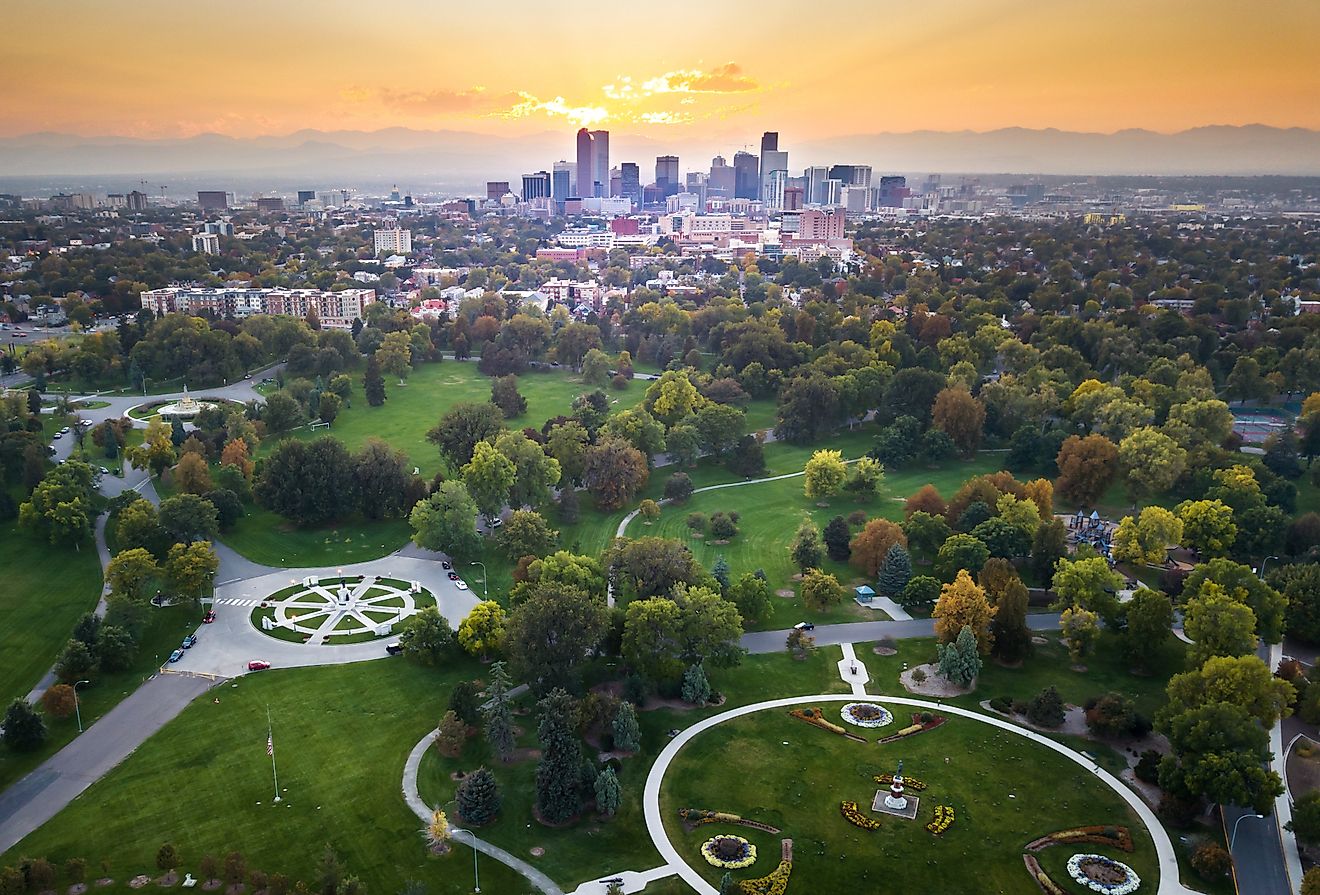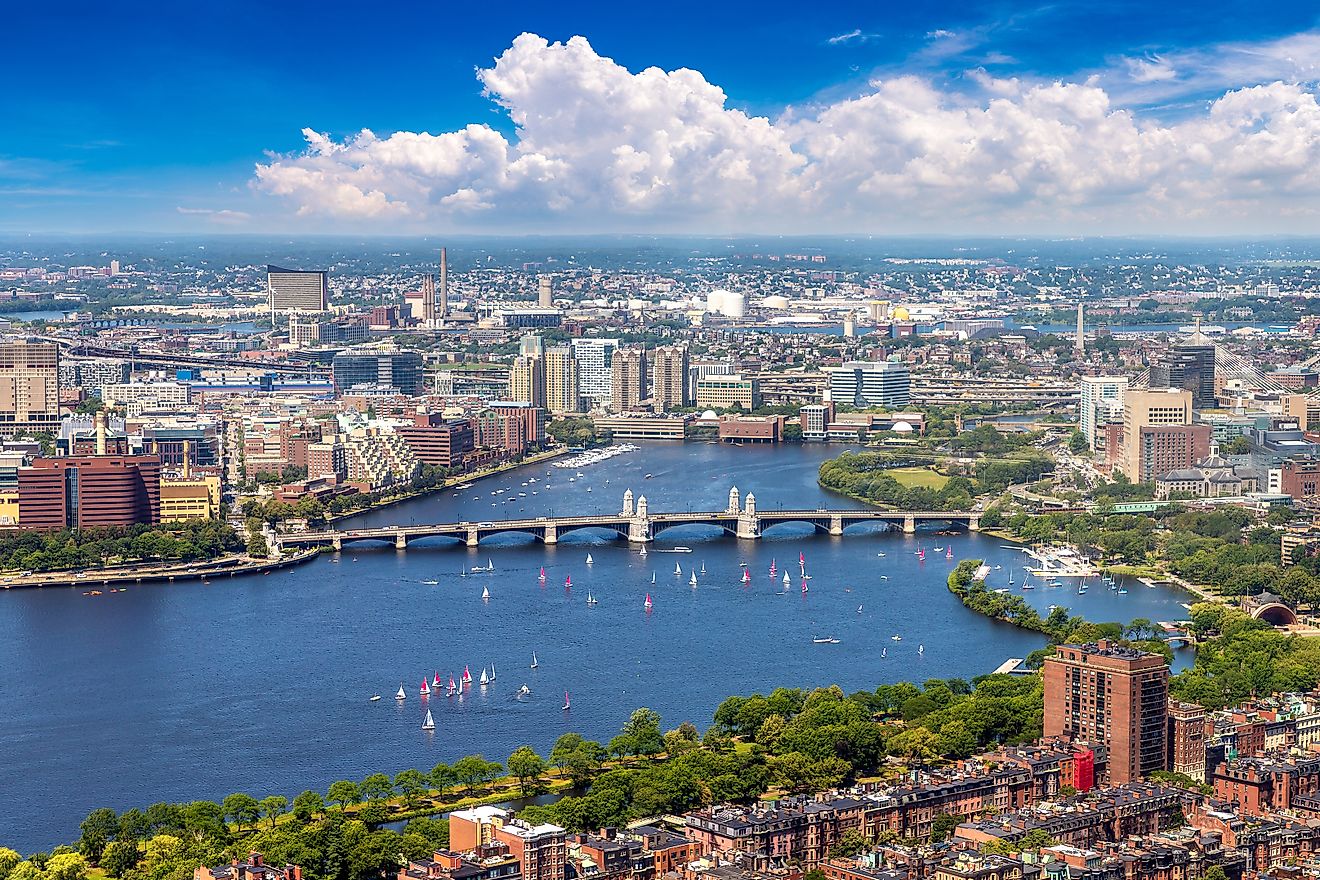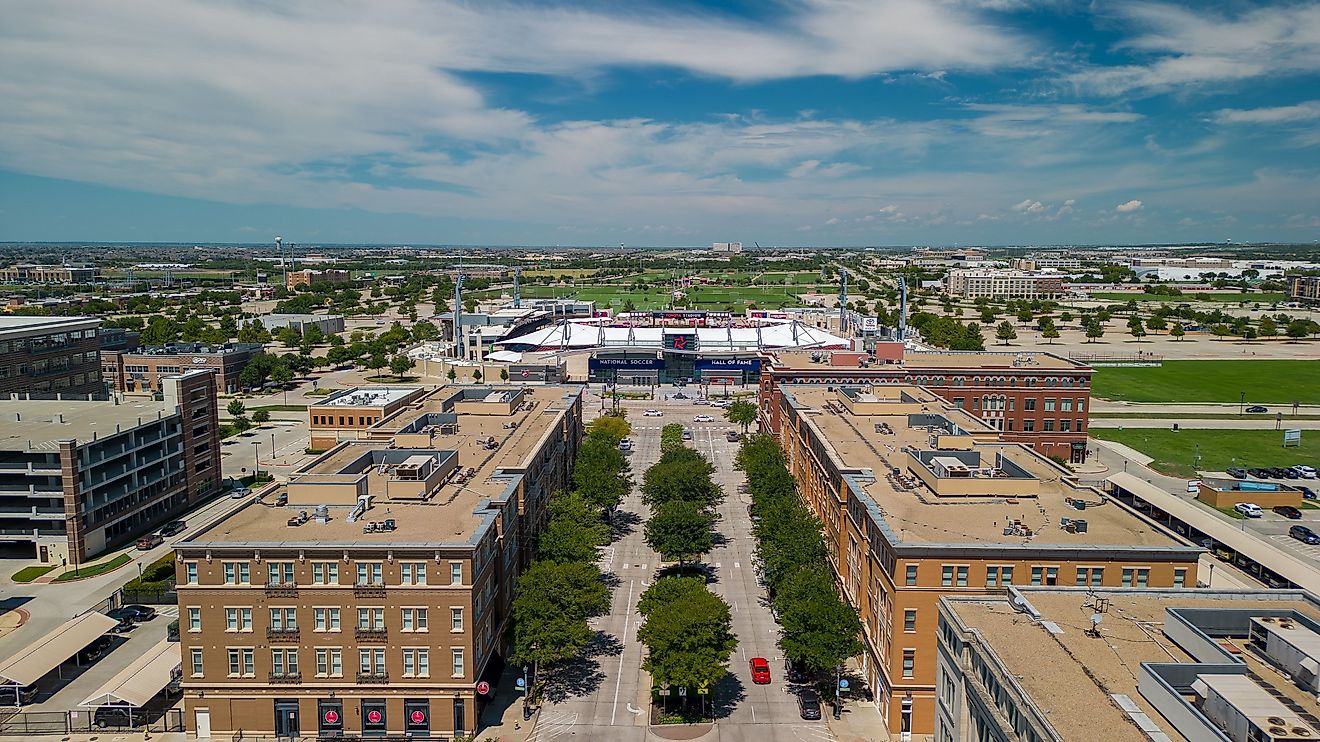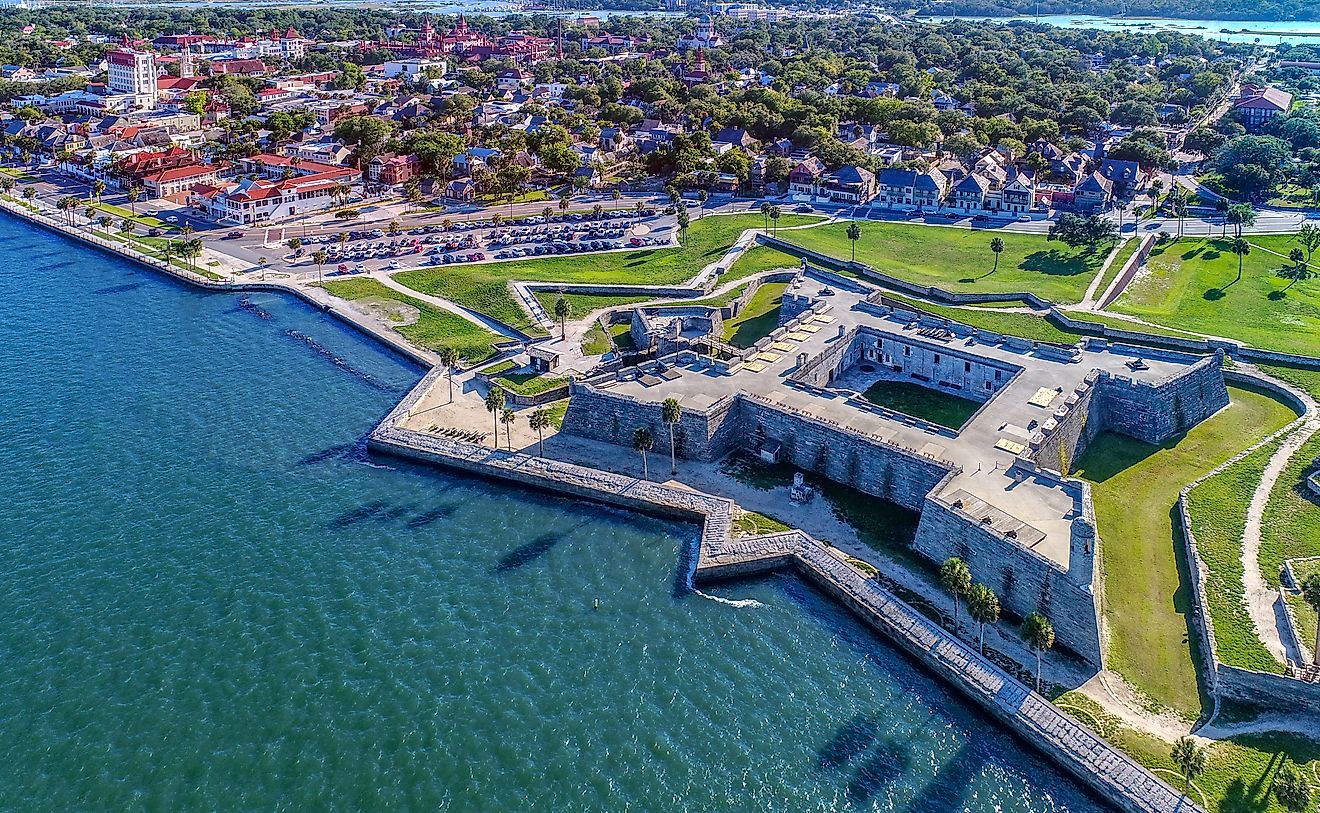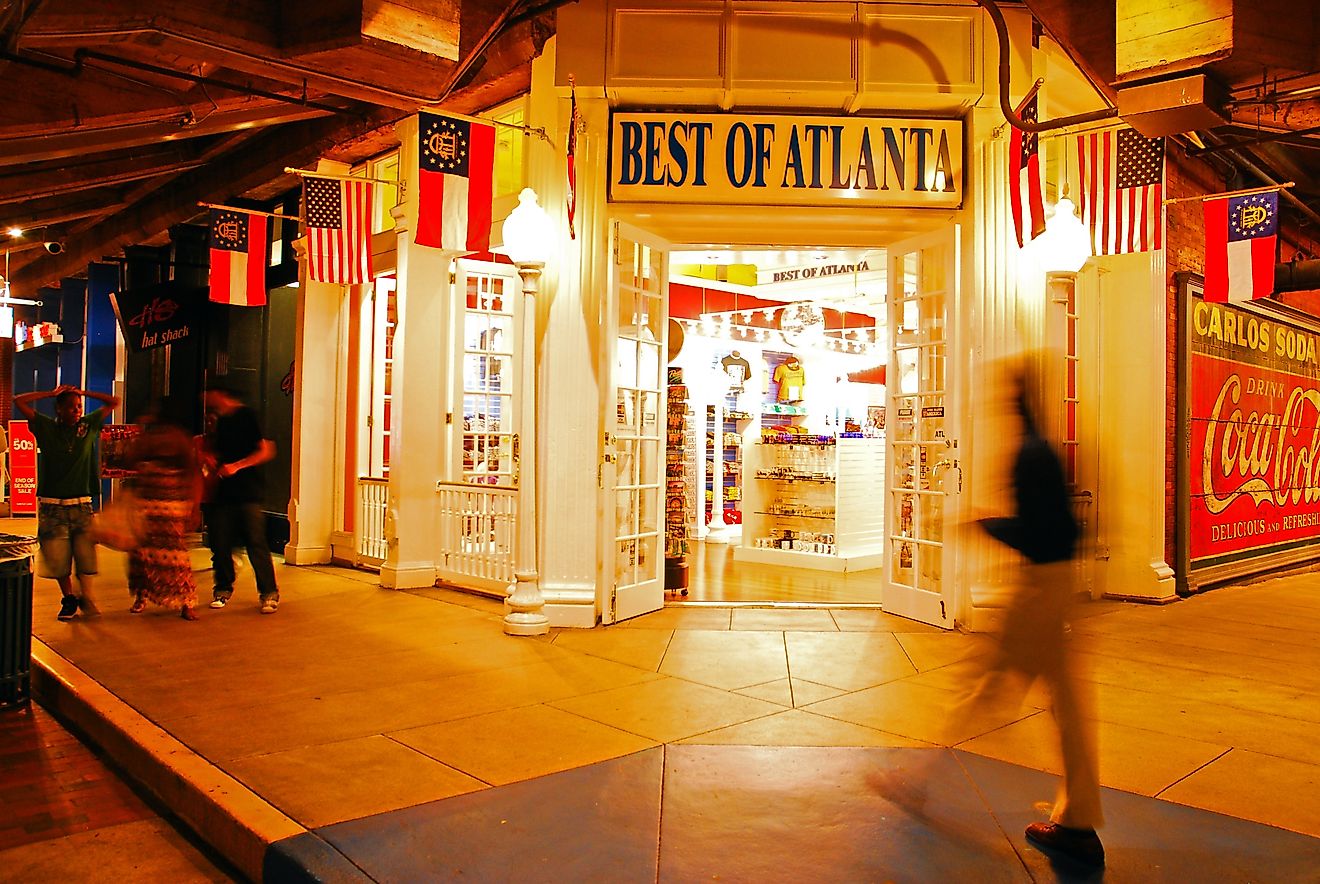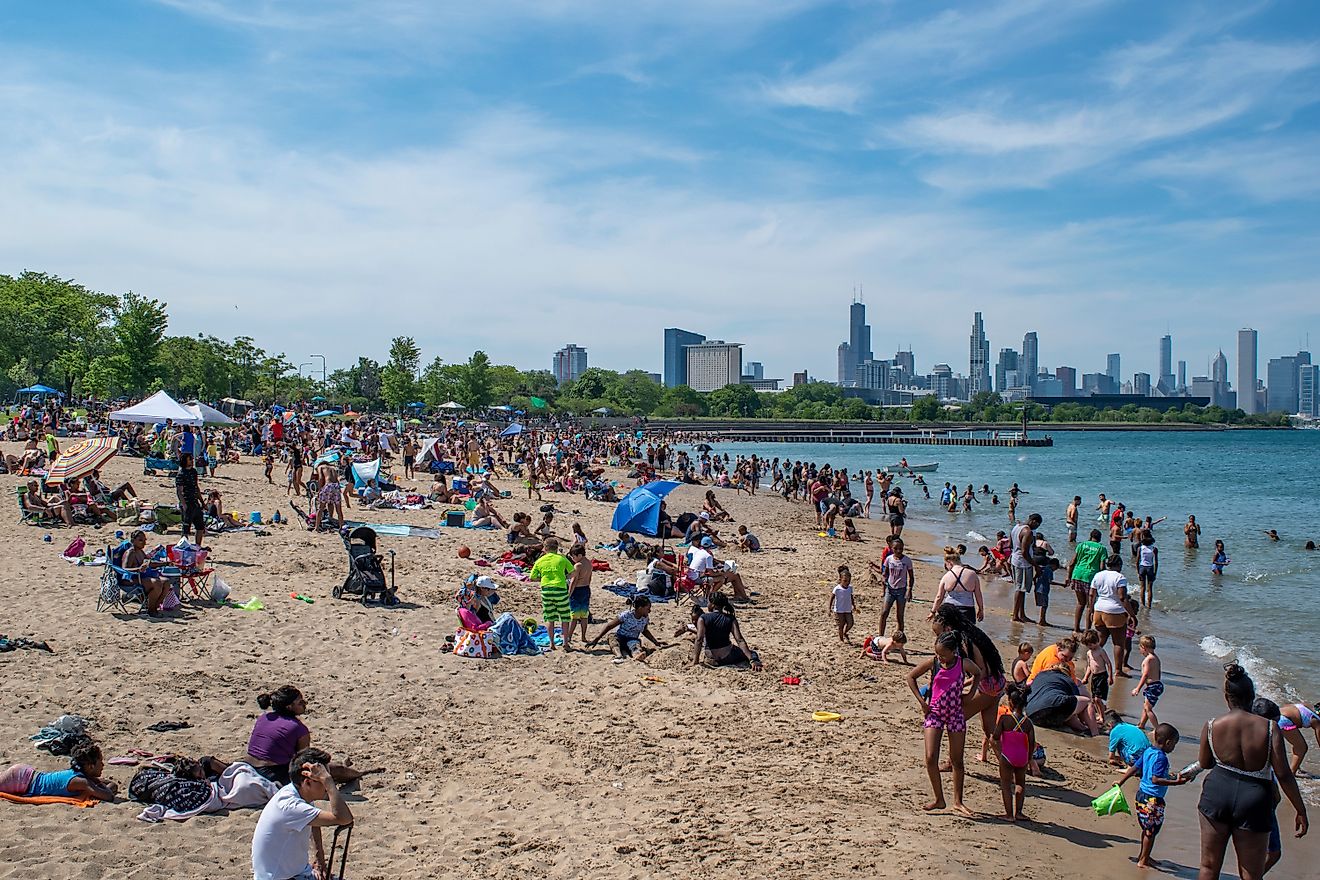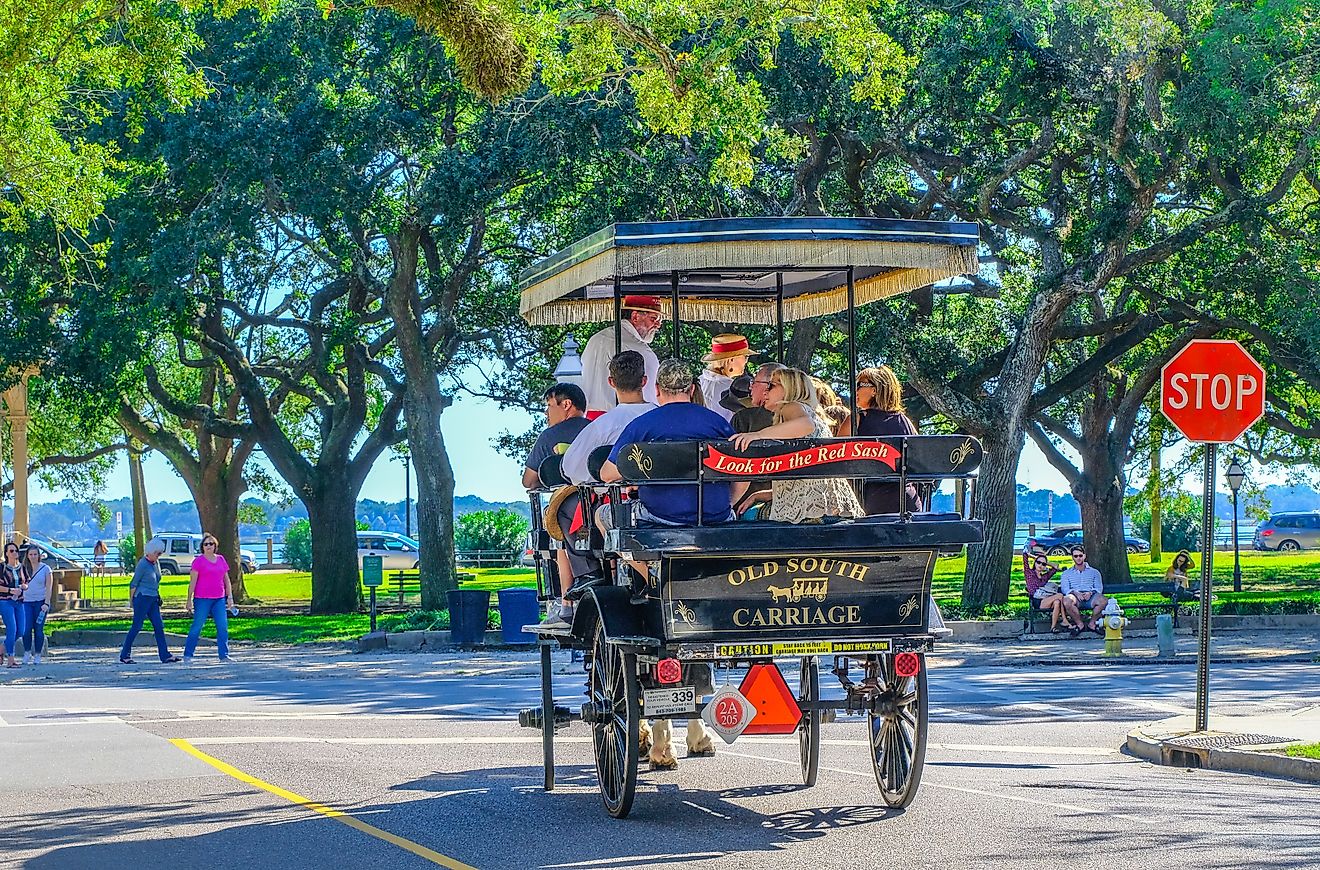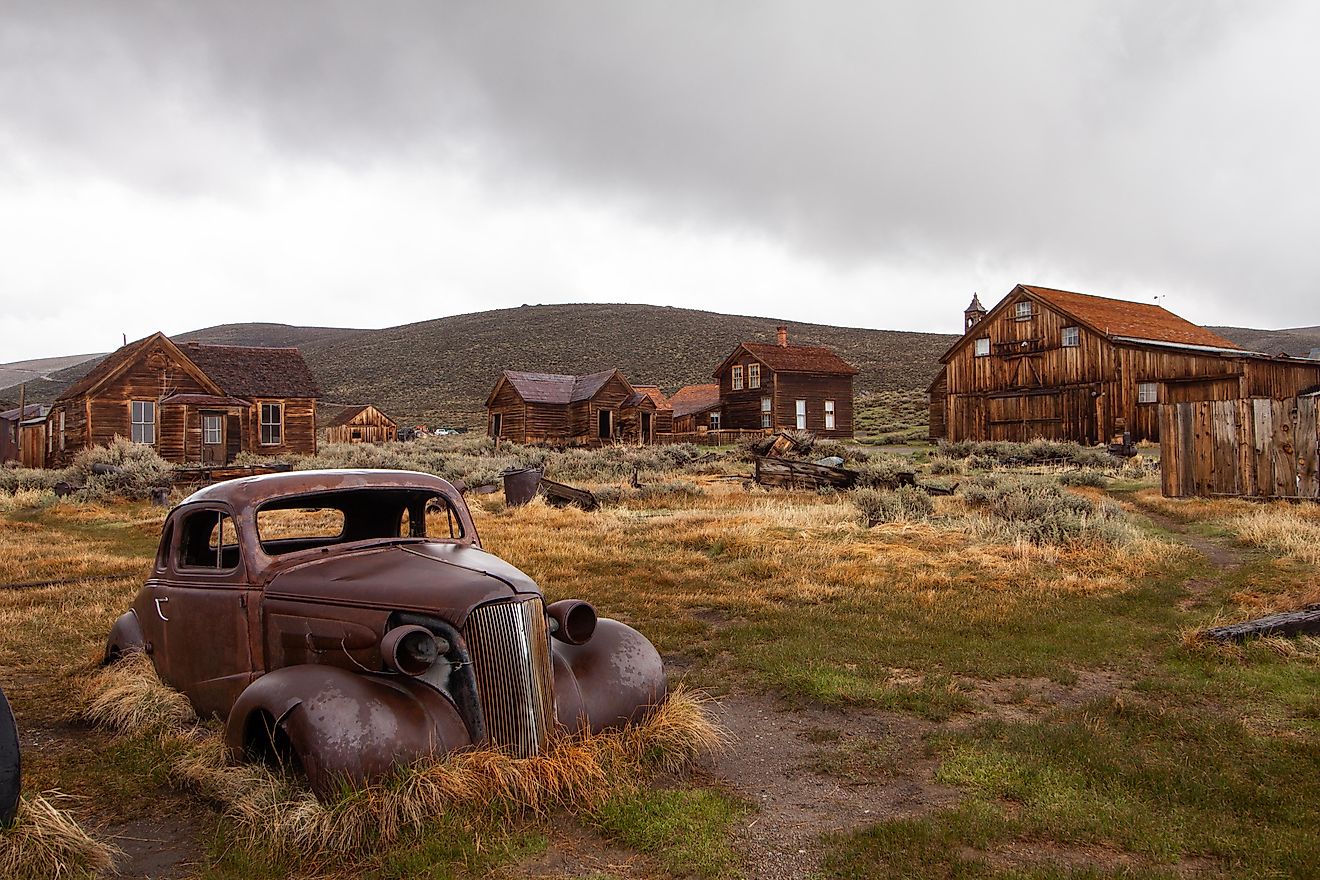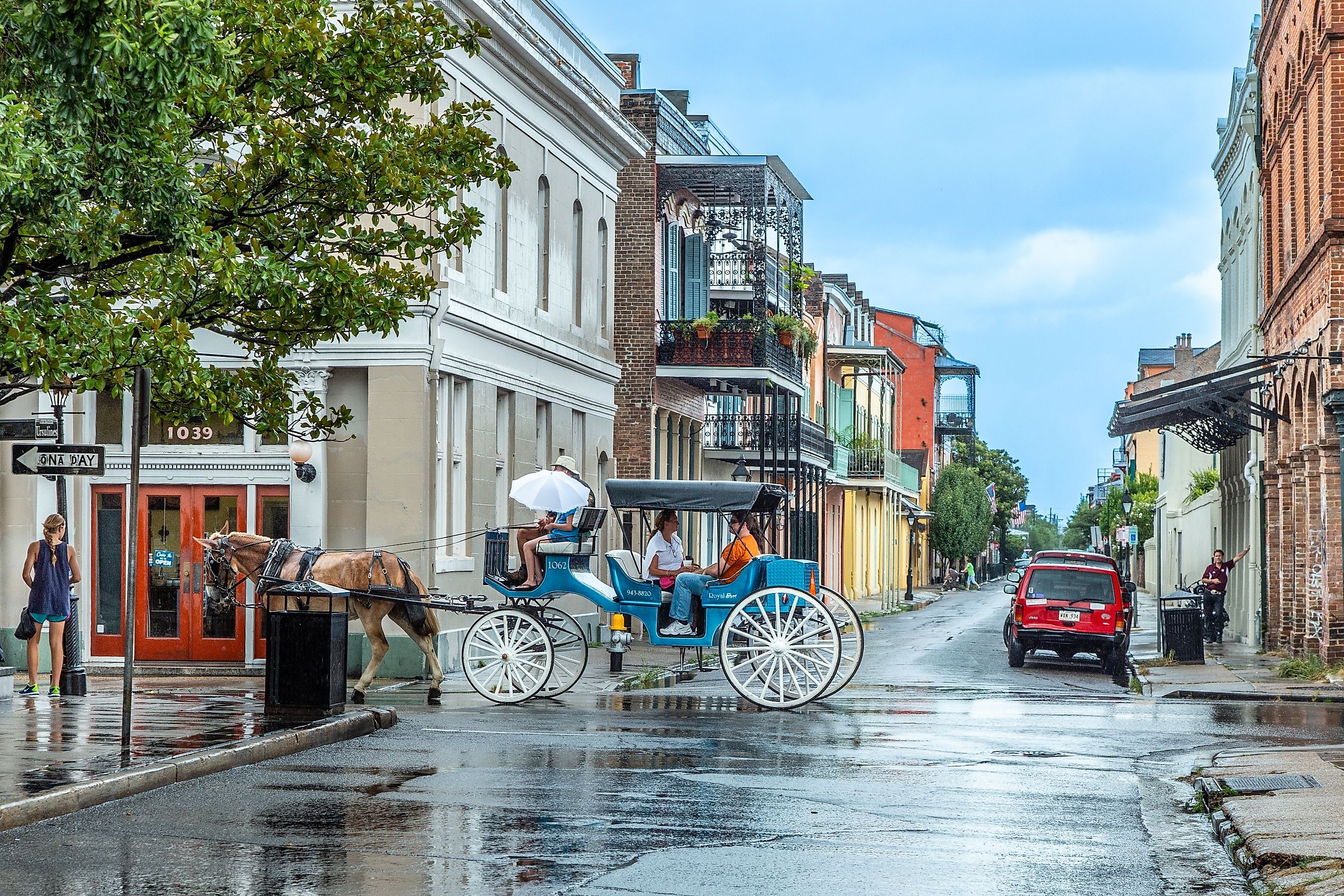
12 US Cities That Get More Rain Than Seattle
When people think of rainy American cities, Seattle almost always tops the list. Its reputation for drizzly days and damp skies has even worked its way into pop culture, where it is portrayed as the coffee-fueled, rain-soaked capital of the Pacific Northwest. But here’s the surprise: Seattle is not the rainiest city in the United States. In fact, dozens of cities across the country get more rainfall each year than Seattle.
So how much rain does Seattle really get? On average, the city receives around 38 inches of rain annually. While that may sound like a lot, it actually puts Seattle behind many cities in the South, Northeast, and even parts of the Midwest.
This raises the question: which US cities actually get more rain than Seattle? Take a look at some of the rainiest urban areas in America that make Seattle look relatively dry.
Mobile, Alabama
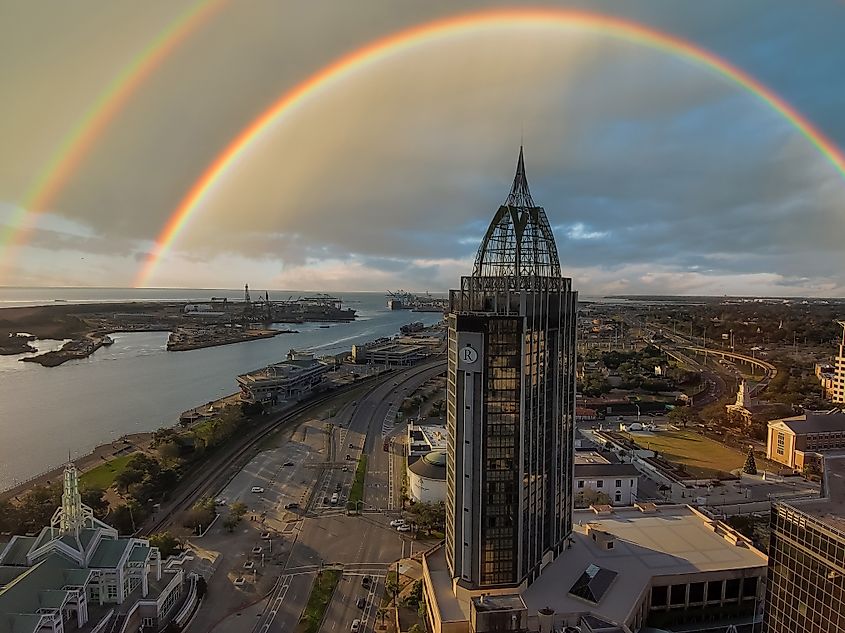
Average annual rainfall: 67 inches
Mobile is often cited as one of the wettest cities in the United States. Situated along the Gulf Coast, it is prone to heavy rainstorms, tropical systems, and high humidity. Unlike Seattle’s steady mist, Mobile’s rain often comes in dramatic bursts, with thunderstorms that seem to arrive daily in summer. Afternoon storms are so common that they feel like part of the daily schedule, and hurricanes or tropical systems can drop inches of rain in a short period of time.
What makes Mobile especially soggy is that rainfall is spread fairly evenly throughout the year, leaving very few truly dry months. While locals are used to carrying umbrellas, the constant rain has become part of the city’s identity. It nourishes a lush, green landscape and has been woven into the rhythm of life along the Gulf.
New Orleans, Louisiana
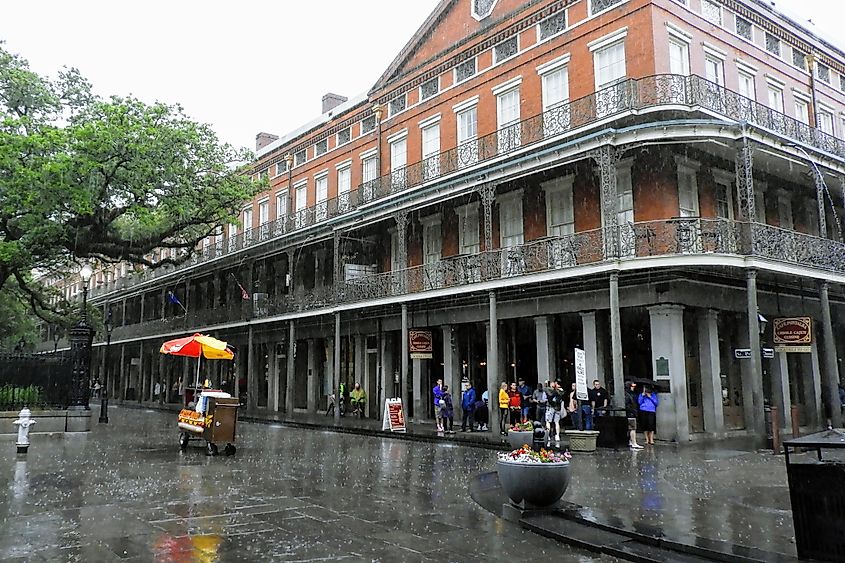
Average annual rainfall: 64 inches
New Orleans, famous for its jazz, food, and Mardi Gras parades, is also one of the rainiest cities in the nation. The city’s subtropical climate ensures warm, humid air collides with Gulf moisture, producing frequent showers and storms.
Rain in New Orleans is often unpredictable. A sunny morning can quickly give way to an afternoon downpour. These short but heavy showers contribute to the city’s high annual rainfall totals. Hurricane season also plays a major role, as tropical systems bring significant amounts of rain.
The upside? All that water helps support the lush bayous and wetlands surrounding the city, making New Orleans not just musically rich, but ecologically vibrant.
Miami, Florida
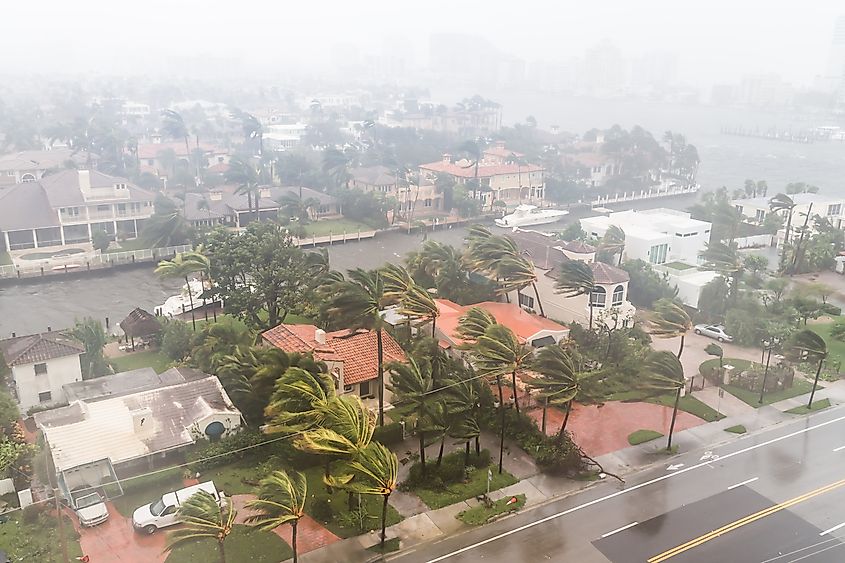
Palm trees blowing in the winds.
Average annual rainfall: 62 inches
Miami is famous for its sunshine and beaches, but it actually gets far more rain than Seattle. Most of Miami’s rainfall occurs in the summer, when tropical downpours roll in almost daily. These storms often arrive in the afternoon and then clear by evening, just in time for the city’s legendary nightlife.
The wettest stretch runs from June through September, a season when hurricanes and tropical storms can send rainfall totals soaring. Yet despite all that precipitation, Miami still enjoys more than 250 sunny days each year. This unique mix of heavy showers and bright skies is what gives the city its unmistakable tropical and vibrant atmosphere.
Baton Rouge, Louisiana
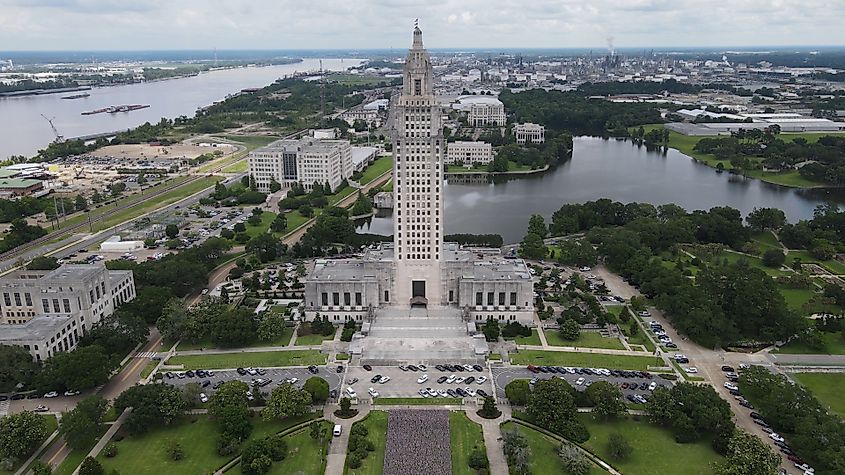
Average annual rainfall: 60 inches
Just up the Mississippi River from New Orleans, Baton Rouge shares a similarly wet climate. Thunderstorms are common throughout the year, and like other Gulf Coast cities, it often faces heavy rain during hurricane season.
Baton Rouge’s rainfall helps fuel the surrounding bayous and farmlands, making Louisiana one of the greenest and most water-rich states in the country. While it may not be as famous for rain as New Orleans, Baton Rouge consistently ranks as one of the wettest state capitals.
Pensacola, Florida
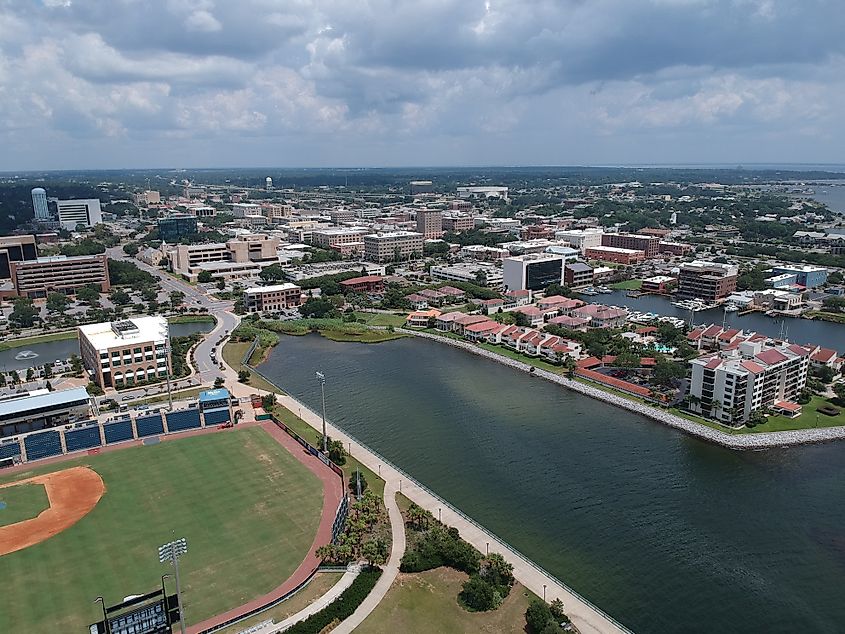
Average annual rainfall: 65 inches
Pensacola is another Gulf Coast city that puts Seattle’s rain totals to shame. The city gets hammered with rain from both frequent thunderstorms and hurricanes. Like Mobile, it receives intense bursts of rain rather than a constant drizzle.
Despite its soggy stats, Pensacola remains a popular tourist destination thanks to its pristine white-sand beaches. Visitors often get a taste of both Florida sunshine and sudden afternoon rainstorms during their stay.
Orlando, Florida
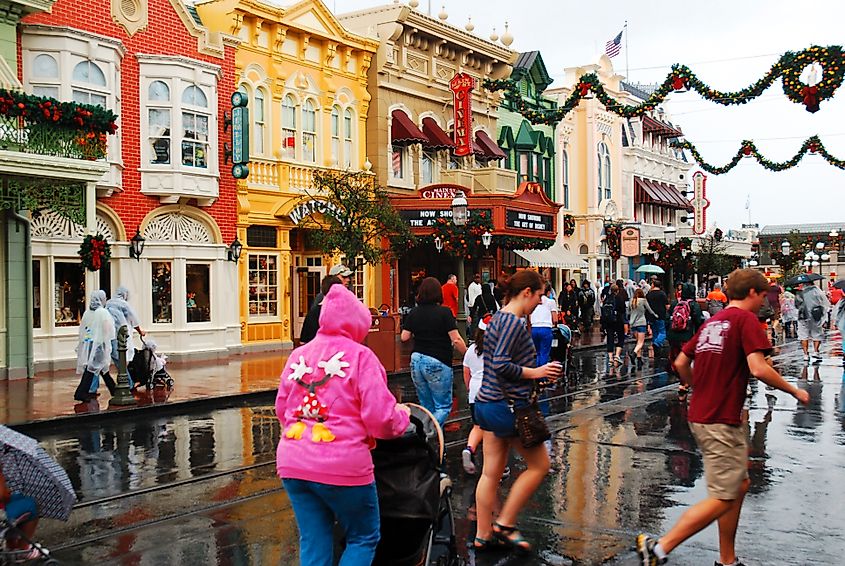
Average annual rainfall: 53 inches
Orlando may be the theme park capital of the world, but visitors quickly learn that Florida’s famous thunderstorms are part of the package. In summer, daily rain showers are so common that theme parks schedule around them.
What makes Orlando different from Seattle is that the rain doesn’t linger. A storm might drench the city for an hour, but blue skies often follow. This creates a lush, green environment that makes the city’s palm trees and gardens thrive.
Birmingham, Alabama
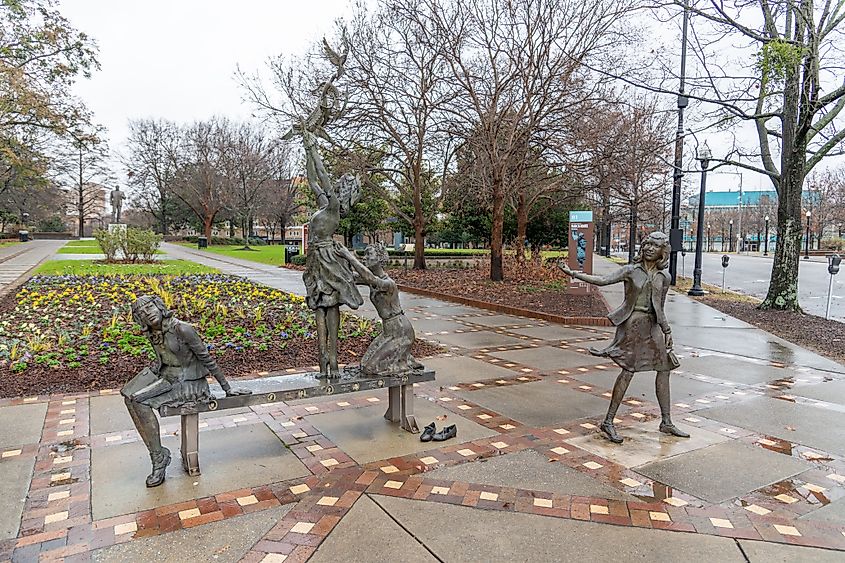
Average annual rainfall: 55 inches
Located in the heart of Alabama, Birmingham gets its fair share of rainfall thanks to its humid subtropical climate. Rain is fairly evenly distributed across the year, though spring and summer bring frequent thunderstorms.
While Birmingham doesn’t face hurricanes as often as Gulf Coast cities, it still benefits from plenty of moisture coming up from the Gulf. The result is a greener city than most people expect when they think of Alabama.
Memphis, Tennessee
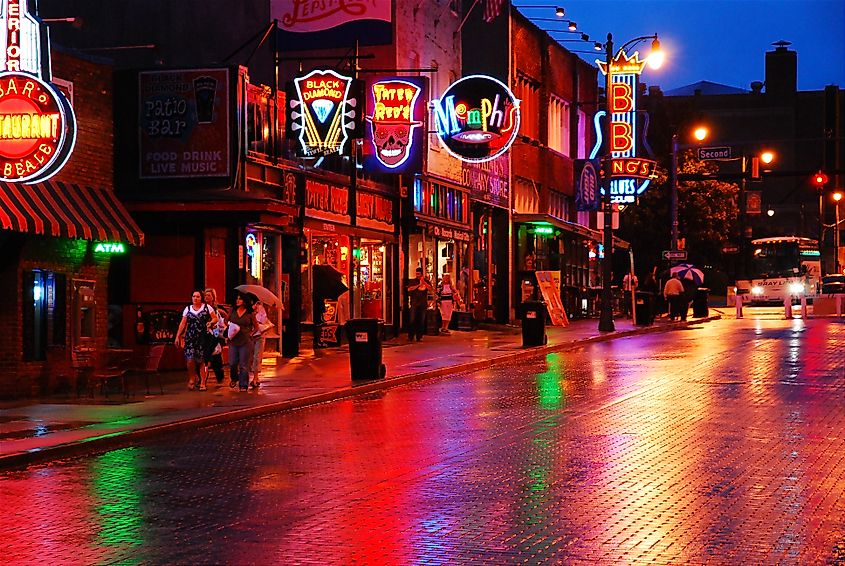
Average annual rainfall: 53 inches
This Mississippi River city experiences frequent thunderstorms and heavy downpours, especially in spring and summer.
Rain in Memphis helps support the rich agricultural lands of western Tennessee and northern Mississippi. While the city is better known for blues music and barbecue, its wet climate plays a big role in shaping the surrounding landscape.
Portland, Oregon
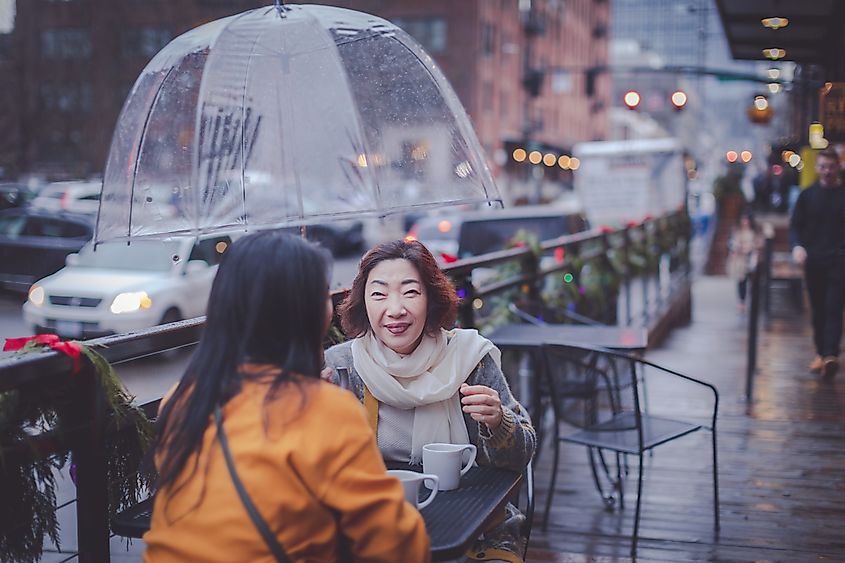
Average annual rainfall: 43 inches
Seattle’s neighbor to the south, Portland, actually gets more rain each year. Like Seattle, Portland is known for frequent gray days, but it also averages several inches more precipitation annually.
The city’s location between the Pacific Ocean and Cascade Mountains means it is perfectly positioned for moisture-heavy air to condense into rain. The result is a green, forested environment that defines the Pacific Northwest.
Rochester, New York
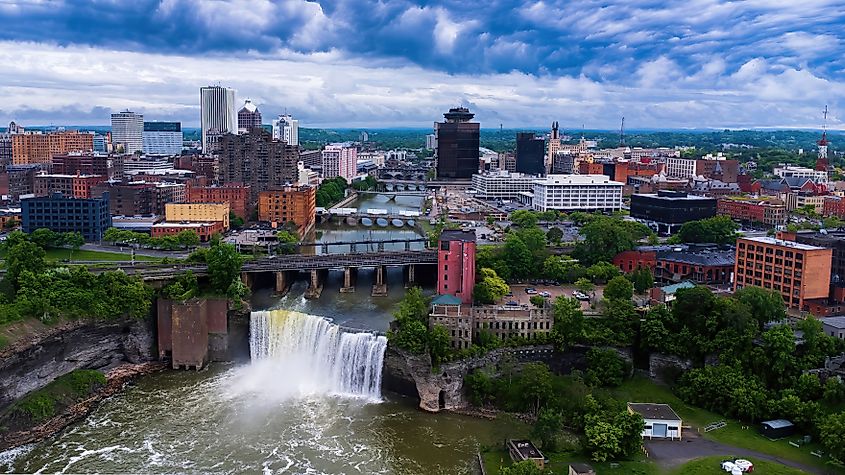
Average annual rainfall: 41 inches
It may surprise some, but several cities in the Northeast surpass Seattle’s rainfall totals. Rochester, located along Lake Ontario, averages more precipitation thanks to lake-effect weather patterns.
The city sees frequent showers and thunderstorms in the warmer months, along with snow in the winter that adds to the overall precipitation total. While Seattle has more drizzly days, Rochester’s totals stack up higher.
Key West, Florida
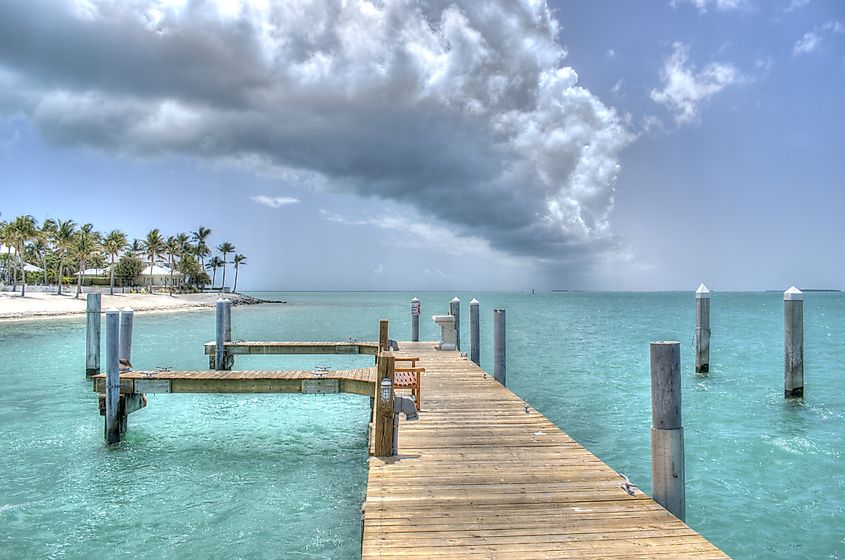
Average annual rainfall: 40 inches
Even the southernmost city in the continental US gets more rain than Seattle. Key West is famous for sunshine and turquoise water, but in reality, it has a rainy season from May through October.
Tropical storms and hurricanes often contribute to the totals, with sudden showers sweeping across the island. Still, Key West’s rain is usually followed by bright sunshine, making it feel like paradise most of the year.
Why Seattle Feels Rainier Than It Is
So why does Seattle have such a strong reputation for rain if so many cities get more of it? The answer lies in rain frequency versus rain volume.
Seattle experiences rain on about 150 days each year, usually in the form of light drizzle or mist. By comparison, a place like Miami may see fewer rainy days, but when it rains, it pours, pushing up the yearly total.
In other words, Seattle feels wetter because the rain is so persistent, even if it’s not particularly heavy. That consistency shapes the city’s culture, from its coffee shops to its love of cozy indoor spaces.
America’s Rain-Soaked Cities
Seattle may be famous for gray skies, but the numbers tell a different story. Cities across the Gulf Coast, Florida, the Northeast, and even nearby Portland all receive more annual rainfall than Seattle. From Mobile’s thunderstorms to Miami’s tropical showers, these cities prove that rainfall in America takes many forms.
So the next time someone tells you Seattle is the rainiest city in the country, you’ll know the truth: plenty of places are much wetter. Seattle may win the prize for drizzly days, but when it comes to sheer rainfall, other cities take the crown.
